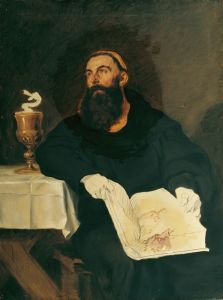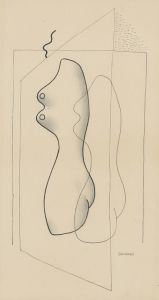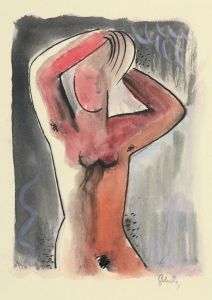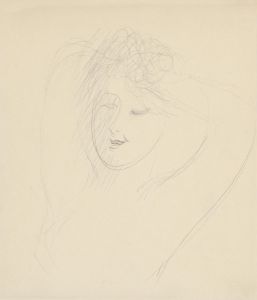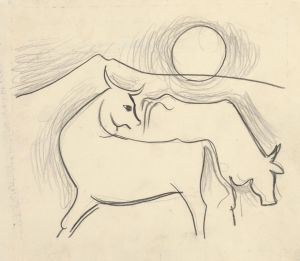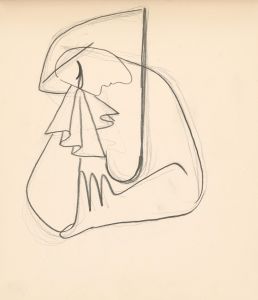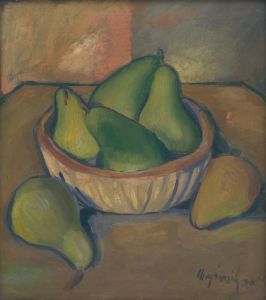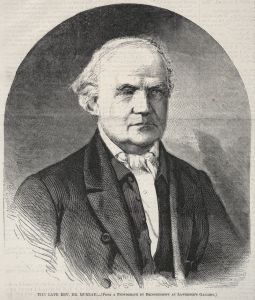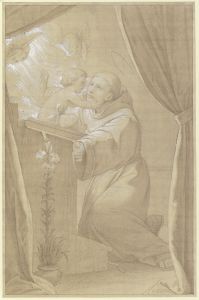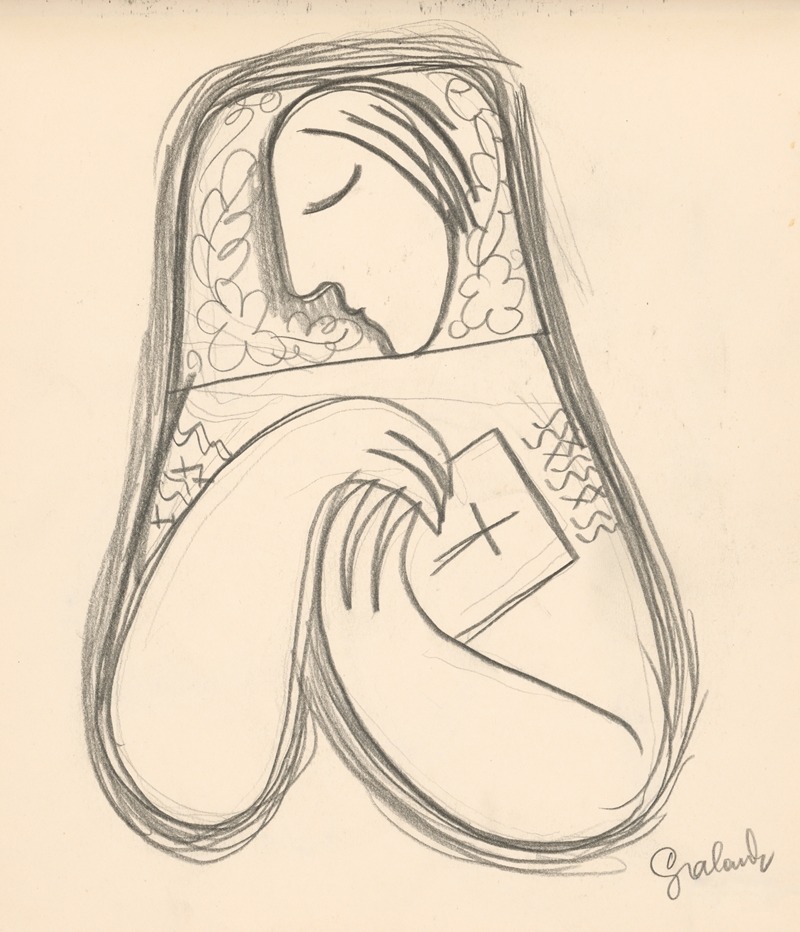
Žena s modlitebnou knižkou
A hand-painted replica of Mikuláš Galanda’s masterpiece Žena s modlitebnou knižkou, meticulously crafted by professional artists to capture the true essence of the original. Each piece is created with museum-quality canvas and rare mineral pigments, carefully painted by experienced artists with delicate brushstrokes and rich, layered colors to perfectly recreate the texture of the original artwork. Unlike machine-printed reproductions, this hand-painted version brings the painting to life, infused with the artist’s emotions and skill in every stroke. Whether for personal collection or home decoration, it instantly elevates the artistic atmosphere of any space.
Mikuláš Galanda was a prominent Slovak painter and illustrator, known for his significant contributions to modern Slovak art in the early 20th century. One of his notable works is "Žena s modlitebnou knižkou" (translated as "Woman with a Prayer Book"). This painting exemplifies Galanda's unique style, which often combined elements of modernism with traditional Slovak themes.
Born in 1895 in Turčianske Teplice, Slovakia, Galanda was part of a generation of artists who sought to establish a national identity through art. He studied at the Academy of Fine Arts in Budapest and later in Prague, where he was influenced by various modernist movements, including expressionism and cubism. These influences are evident in his work, which often features bold colors, simplified forms, and a focus on the emotional and spiritual aspects of his subjects.
"Woman with a Prayer Book" is a reflection of Galanda's interest in the everyday life and spiritual practices of Slovak people. The painting depicts a woman holding a prayer book, a common sight in a predominantly Catholic country like Slovakia. The subject is portrayed with a sense of introspection and devotion, capturing a moment of personal reflection and faith.
Galanda's use of color and form in this painting is noteworthy. He employs a palette that is both vibrant and harmonious, using color to convey the mood and atmosphere of the scene. The composition is carefully balanced, with the figure of the woman occupying a central position, drawing the viewer's attention to her serene expression and the prayer book she holds. The background is often simplified, allowing the focus to remain on the subject and her contemplative state.
Throughout his career, Galanda was deeply committed to exploring themes of national identity and cultural heritage. His work often incorporated elements of Slovak folklore and traditions, which he believed were essential to understanding the Slovak spirit. In "Woman with a Prayer Book," this is evident in the way he captures a moment of quiet devotion, a scene that would have been familiar to many Slovaks at the time.
Galanda's contributions to Slovak art extend beyond his paintings. He was also an influential illustrator and graphic designer, and he played a key role in the development of modern Slovak visual culture. He was a founding member of the "Generation 1909," a group of Slovak artists who sought to promote modern art in Slovakia and establish a distinct national style.
Despite his relatively short life—he died in 1938 at the age of 43—Galanda left a lasting impact on Slovak art. His work continues to be celebrated for its innovative approach and its ability to capture the essence of Slovak culture and identity. "Woman with a Prayer Book" remains an important example of his artistic vision and his dedication to portraying the spiritual and cultural life of his people.
In summary, Mikuláš Galanda's "Žena s modlitebnou knižkou" is a significant work that reflects the artist's modernist influences and his commitment to exploring Slovak themes. Through his use of color, form, and subject matter, Galanda captures a moment of personal and cultural significance, making this painting a valuable piece of Slovak art history.





